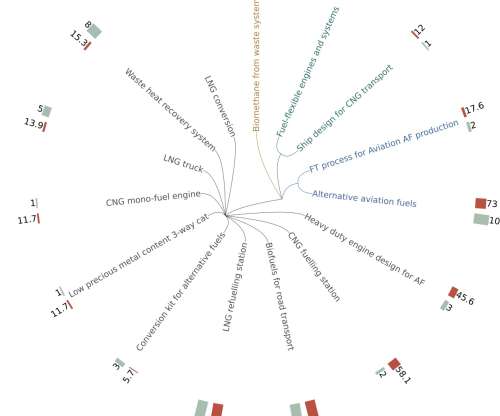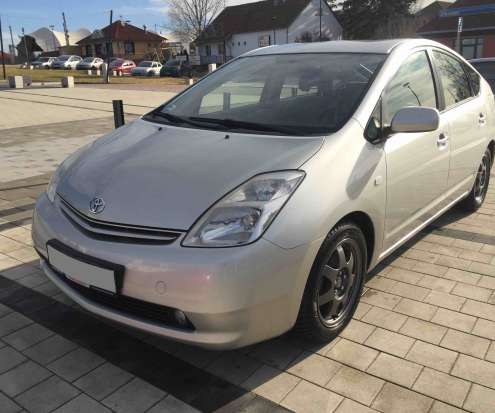JRC report assesses R&I in low-emission alternative energy for transport (ALT) in Europe; €2.3B spent from 2007-2020
Green Car Congress
MAY 31, 2021
billion has been invested in research and innovation (R&I) for low-emission alternative energy for transport (ALT), focusing on tank-to-wheel emissions and therefore excluding energy and fuel production, between 2007 and 2020. Moreover, many projects investigate the potential use of waste as feedstock. Bars not in scale.



































Let's personalize your content